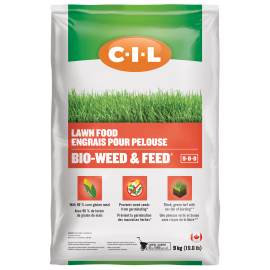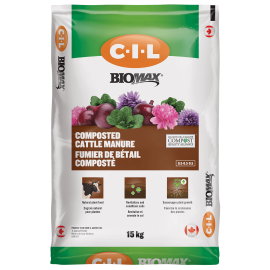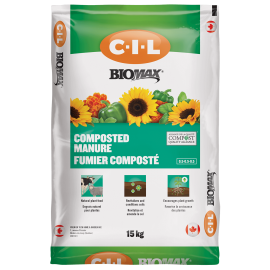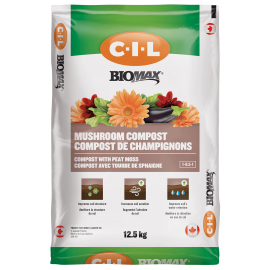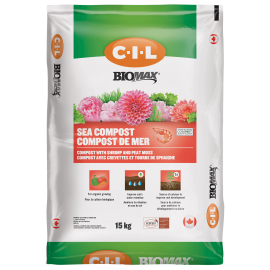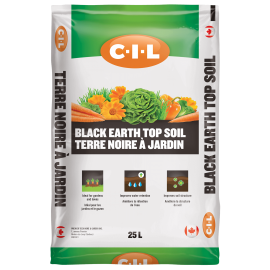How to Mow Properly Your Lawn
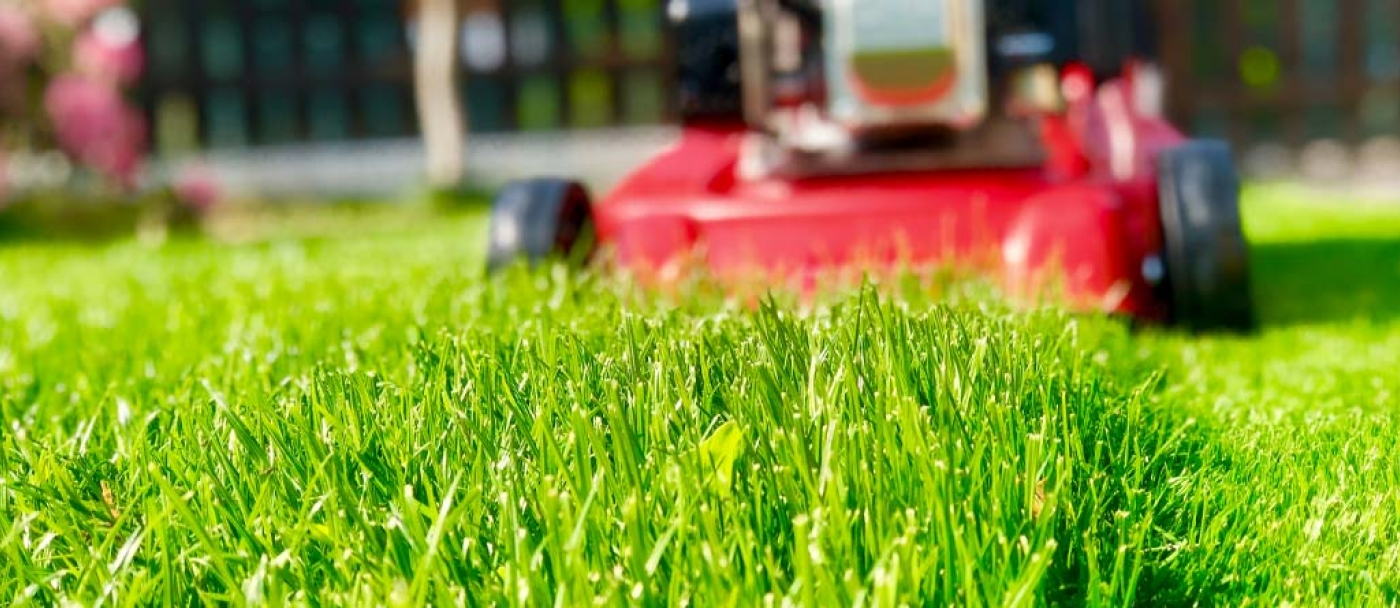
Mowing may seem like just one more task that must be done regularly to keep your lawn looking its best, but it pays to put a little more thought into the job. Mowing properly promotes lush, healthy growth, while improper mowing can actually do your lawn more harm than good.
Here are 5 quick and easy tips for mowing your lawn properly.
- Set your lawn mower high and don’t remove more than one-third of the blade. Although the optimum length depends on the type of grass, a height of 6.5 to 13.5 cm is recommended for most grass types, preferably toward the top of that range during hot weather. As a result, grass develops longer, healthier roots. It is more drought-resistant and less susceptible to weeds, pests, and disease.
- Avoid mowing your lawn when the grass is wet. Similarly, don’t mow during the hottest part of the day, as mowing when it’s hot stresses the lawn, the mower, and you. Early evening on a rain-free day is usually the best time. The grass will have time to recover before temperatures climb the next day. You can also mow in the cool of the morning, but wait until the dew is completely dry.
- Vary your mowing pattern. If you generally mow in the same direction, walk the opposite direction to vary the pattern every two or three weeks. Otherwise, the grass gradually begins to bend in that same direction, while varying the pattern encourages grass to grow straight up. Switching direction also reduces soil compaction and prevents the development of ruts.
- Don’t collect the grass clippings. If you mow your lawn regularly, the clippings will be short enough to decompose quickly. As the clippings decay, they return nitrogen and other nutrients to the soil. You only need to remove the clippings if the grass is too long, or if it is so wet that it creates mats.
- Keep your mower blade sharp to cut the grass cleanly and evenly. Dull blades tear the grass, which not only makes your lawn less attractive but also makes it more susceptible to weeds and disease.
